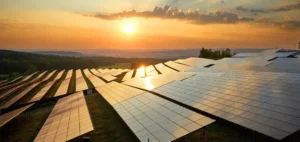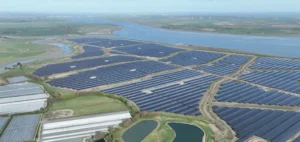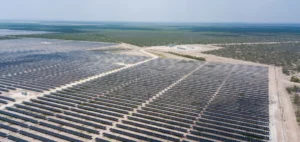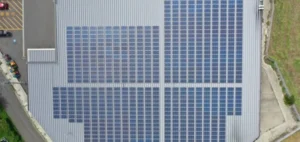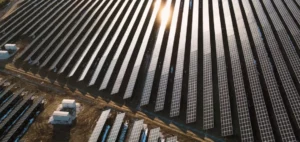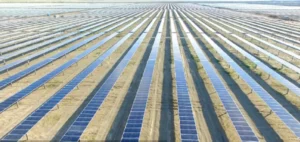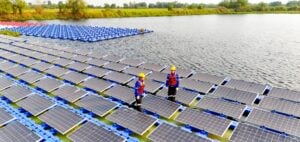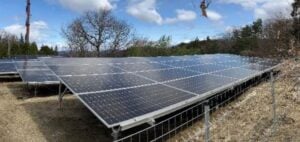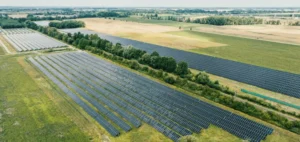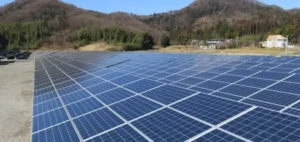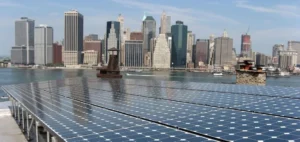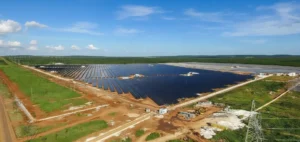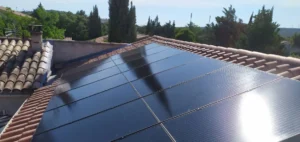Risen Energy, a key player in the solar sector, has announced a new record with a tandem solar cell using HJT (Heterojunction Technology) combined with a perovskite layer, reaching an efficiency of 30.99%. This achievement represents a significant breakthrough in high-efficiency solar cell research, overcoming the limitations of conventional single-junction technologies.
Tandem solar cells, which utilise different materials to capture a broader range of light wavelengths, enable efficiency levels beyond those of single-junction cells. By combining materials such as silicon to absorb long-wavelength light and perovskite for short wavelengths, these cells harness a wider spectrum, increasing overall efficiency. Theoretically, tandem cells could exceed 44% efficiency, far beyond the 33% theoretical ceiling of conventional solar cells.
Advantages of HJT-perovskite cells
HJT cells, which already offer high efficiency and low degradation due to ageing or temperature fluctuations, provide an ideal foundation for integrating perovskite. These cells use indium tin oxide (ITO) as a transparent conductive layer, improving electrical connectivity between stacked cell layers. This feature simplifies manufacturing and optimises overall performance.
The integration of perovskite does not require major modifications to existing HJT production lines, allowing Risen to maximise its equipment usage and preserve investments. Additionally, HJT cells are produced with a reduced carbon footprint and lower consumption of materials and energy, positioning them as a more sustainable photovoltaic technology.
Challenges and prospects
Despite these advancements, perovskite technology faces several challenges. Durability remains a key concern, as perovskite cells degrade rapidly under UV exposure and humidity, with a lifespan of less than five years compared to over 30 years for silicon. Risen is working on nano-encapsulation solutions and self-repairing materials to improve the durability of its cells.
In terms of production, maintaining uniformity in large-scale perovskite film deposition remains a technical hurdle. Nevertheless, Risen’s progress suggests the potential for future commercialisation of more robust and efficient tandem cells.
Risen plans to deliver 740W HJT modules in 2025, with tandem cell prototypes reaching 800W. By 2027, the company aims to launch modules exceeding 850W, with an annual degradation rate below 0.25%, an ambitious target that could reshape the solar industry.



